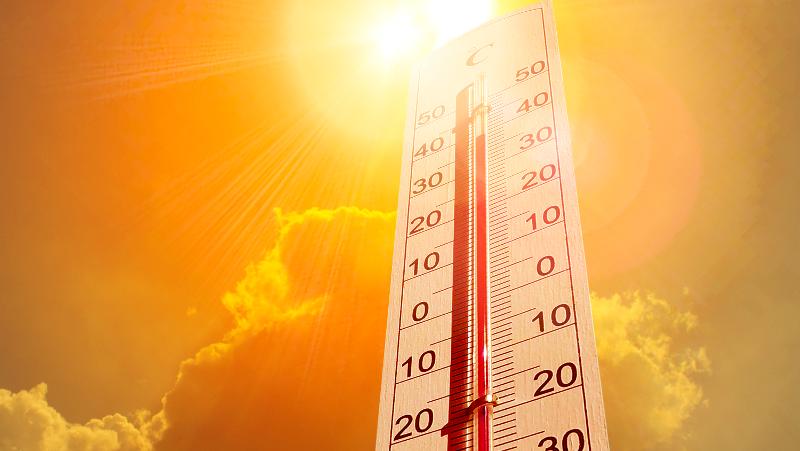
Hot conditions forecast for areas of Queensland today and for a long summer ahead are a reminder for people with health issues to take precautions, with a QUT-led analysis of 54 global research studies showing that serious heatwaves accompanying climate change increase the risk of people dying from cardiovascular and respiratory diseases.
The findings have been published in the journal Environmental Research.
- Studies in 20 countries were analysed.
- In 27 of the studies, heatwaves were found to be associated with increased risk of cardiovascular (heart and stroke-related) deaths; and in 25 studies, with respiratory deaths.
- Risk impacts varied across countries and studies.
- While associated with heart and respiratory deaths, heatwaves did not significantly increase the risk of people developing heart and respiratory diseases.
Lead author on the paper is PhD researcher Jian Cheng, with co-author and associate supervisor of the research, environmental epidemiologist and Head of QUT's School of Public Health and Social Work, Professor Hilary Bambrick.

Professor Bambrick said the aim was to get a global picture of heatwaves as a contributor to cardiovascular and respiratory hospitalisations and deaths, and the findings were useful for health authorities and clinicians when giving advice to protect people from the adverse effects of heatwaves.
"Heatwaves are more likely to affect the elderly, and these conditions increase their risk of dying from heart disease, stroke, heart failure and lung disease (chronic obstructive pulmonary disease)," Professor Bambrick said.
"As far as we are aware, this is the first such systematic review of global evidence of the associations between heatwaves and cardiovascular and respiratory morbidity and mortality," she said.
"It's an important area, because with a warming climate there are likely to be more extreme heatwaves, and worldwide we have ageing populations and increasing rates of heart and respiratory diseases. These diseases are already leading contributors to the global burden of disease.
"We know that sustained periods of extremely hot days can lead to mass hospitalisations and deaths, and that in some countries heatwaves can be regarded as the deadliest of natural disasters.
"Last year for example, in Japan, a record-breaking heatwave saw more than 22,000 people hospitalised and more than 1000 deaths. This year, heatwaves in June and July in Europe were reportedly linked to more than 1500 deaths.
"In January 2009 in Melbourne there were 374 excess deaths from the extreme heat event, with bodies having to be kept in refrigerated trucks as morgues were beyond capacity."

Professor Bambrick said although it was not feasible to reach a universal, global definition of a heatwave, as population responses to local climates vary, it would be useful for countries or regions to develop a specific definition to warn those at risk and to facilitate planning within the health services that support them.
Professor Bambrick has done extensive research on the health impacts of climate change, the challenges facing communities and ways in which to strengthen climate resilience. She co-authored the inaugural The Lancet-Medical Journal of Australia Australian Countdown assessment of progress on climate change health, published at the end of last year, which found that Australia was underprepared to deal with the health impacts of hotter, more frequent and longer heatwaves, as well as impacts from a range of other climate-related events and disasters.
The full study published in Environmental Research, Cardiorespiratory effects of heatwaves: A systematic review and meta-analysis of global epidemiological evidence, can be accessed here.






